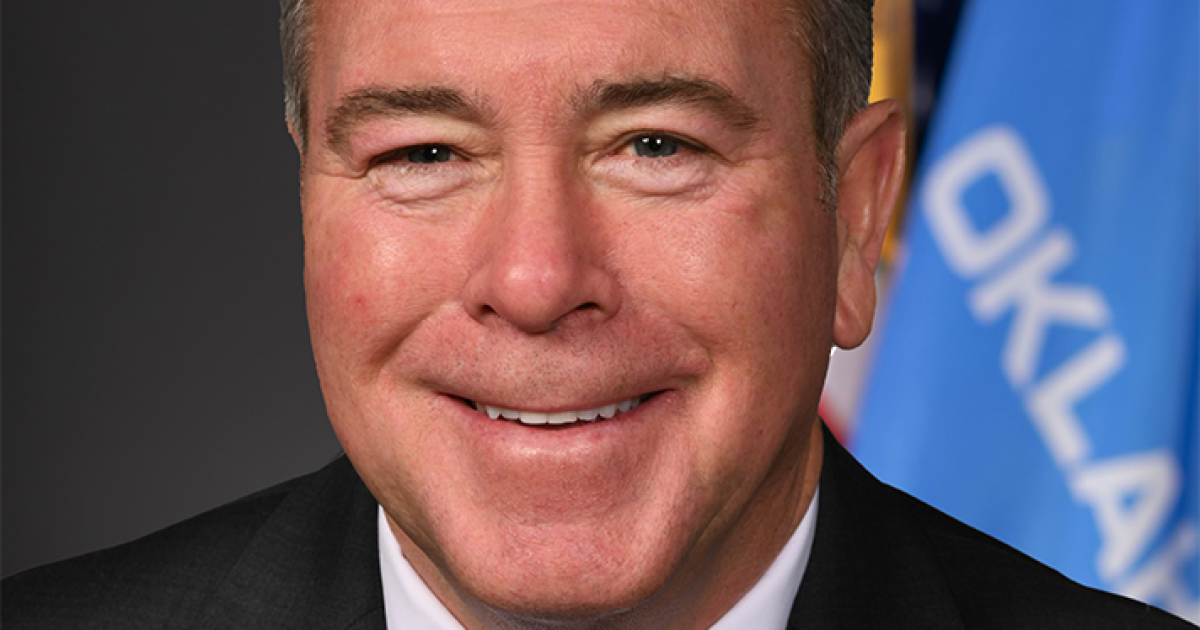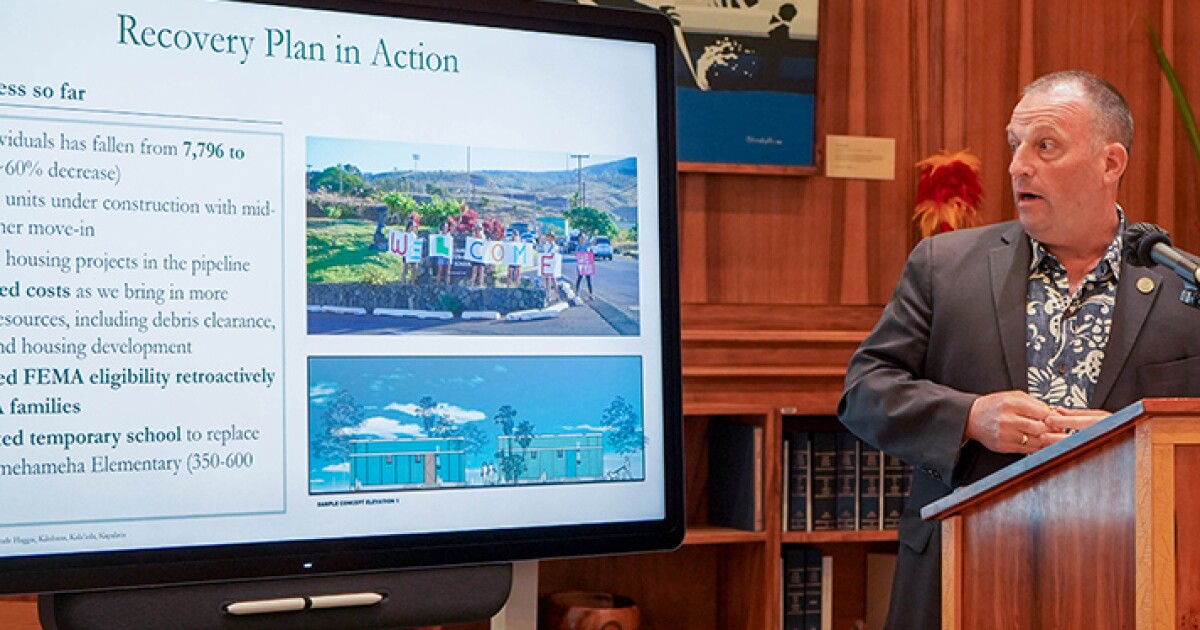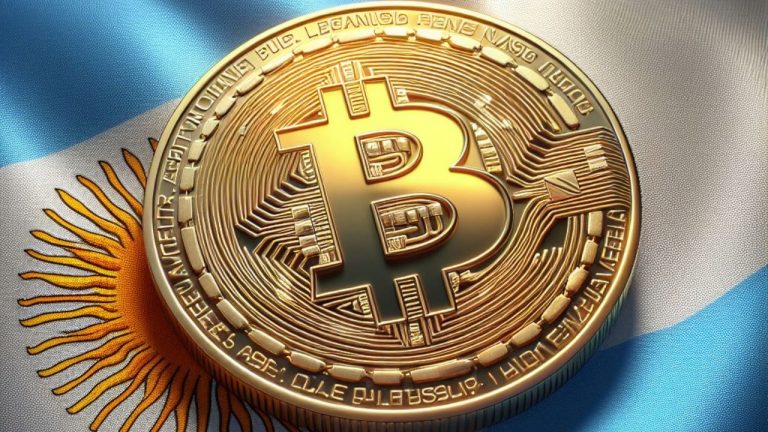Brightline West breaks ground
3 min read

Transportation Secretary Pete Buttigieg joined a bevy of state, federal and company officials in Las Vegas Monday to celebrate the long-awaited groundbreaking of Brightline West, a $12 billion privately owned passenger line that is vying to become the nation’s first high-speed train that advocates say will help launch similar projects across the country.
“We are making history today,” Buttigieg said. “It is my great honor to help break ground on what will be the first high-speed rail in American history.”
Brightline West
The groundbreaking comes as the Biden administration has stepped up its support of high-speed rail in recent weeks. The administration is supporting a total of 10 passenger rail projects around the country, including high-speed lines in
The administration in December
Monday’s event launches work on a 218-mile all-electric line between Las Vegas and the Los Angeles suburb of Rancho Cucamonga, promising a trip of a little more than two hours with a speed of 186 miles-per-hour. The final line is expected to total 260 miles. The system will be built primarily within the median of Interstate-15, and the company has said it would be in operation by 2028 in time for the Los Angeles Olympics. The company estimates that six million people will ride the train during the first full year with 10 million riders annually in the future.
Brightline founder Wes Edens said at the groundbreaking that his company aims to launch a “whole new high-speed rail industry” in the U.S. “In short order, many train systems will be built using the blueprint of what we build here,” Edens said, citing examples of “city pairs” located too far apart to drive and too near together to fly, like Dallas and Houston.
“There’s no reason the U.S. shouldn’t be the leader in the world for a high-speed rail industry” like the automobile industry, Edens said. The project is an example of cooperation across levels of government, party lines and private entities, he said. “We’ve had unbelievable support at every level, local state and federal.”
Brightline’s Florida line —
Other high-speed projects remain at various levels of development.
Texas Central, the private firm planning to build a 240-mile route between Dallas and Houston for $33 billion, has advanced in fits and starts, with recent support coming from a partnership with Amtrak and Biden’s vocal commitment.
Amtrak’s Acela, averaging less than 80 mph between New York and Washington, falls far short of any definition of high-speed rail even as it plans to reach speeds of up to 150 mph on some sections.
A proposed line in the Pacific Northwest, called Cascadia Rail, which has the support of Microsoft, gained traction last year with state and federal funds.
California’s publicly-funded line between Los Angeles and San Francisco now has estimated costs of up to $120 billion and





